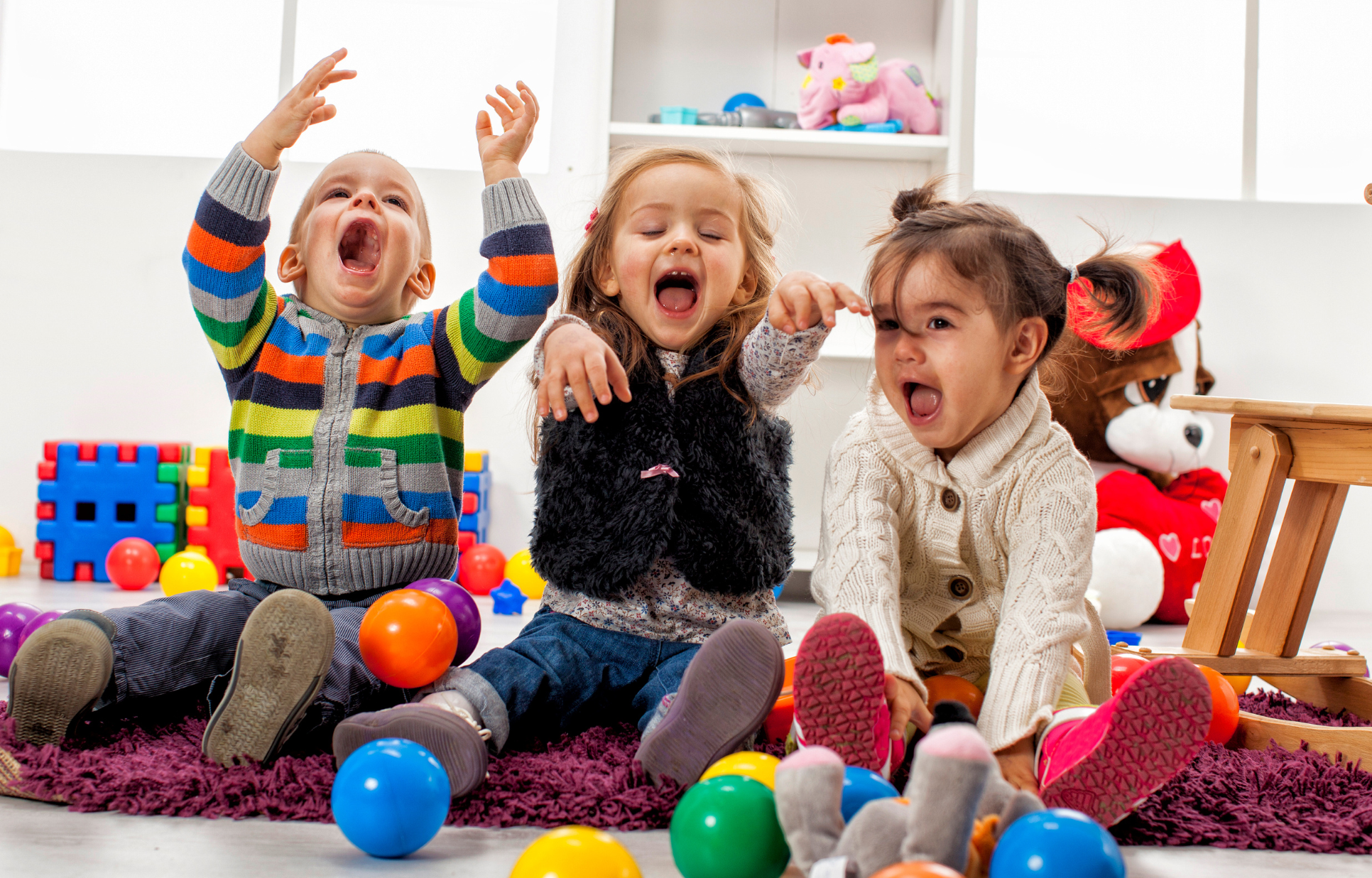
The topic of toddler milestones comes up quite often here at Youthland Academy. Parents often ask us about language skills, colors, shapes, and academic milestones. While there is no definitive timeline, there are some generalities we can share. Below, we answer some of the most common questions we hear about teaching shapes and colors to kids!
When Should Children Know Their Shapes and Colors?
Generally, somewhere around 18 months, toddlers will first begin to understand the concepts of shapes and colors. For some children it will be sooner, others later. It’s important to know that children all learn at different paces and this has no reflection on their intelligence or ability to grasp concepts down the road.
Is There A Recommended Order to Teach Kids About Shapes?
Circles, squares, and triangles tend to be the easiest shapes for kids to pick up on. Rectangles and ovals can be a bit confusing as they are often confused with squares and circles respectively. Stars, diamonds, and hearts can also be fun shapes to work on with toddlers but are a bit more advanced. Start with the basics first, and build from there!
What Should Kids Know About Numbers Before Kindergarten?
Many experts say that children should have a solid grasp of numbers before kindergarten. They should recognize numbers from 1-10, count to 20, and have the ability to count objects placed in front of them. Youthland Academy helps children to master these skills. Parents can also help by using number rhymes, reading number books, and pointing out numbers in everyday life.
What Are Some Fun Ways to Teach Kids About Shapes?
There are all sorts of activities you can use to help teach your toddler about shapes. You can play sorting games, create art using shapes, and look for shapes around your house and neighborhood. Parents will love watching their children light up as they begin to understand these concepts.
What Are Some Fun Ways to Teach Kids About Colors?
Learning colors can be incredibly fun for kids and parents alike. Sorting activities, scavenger hunts, and sensory bins are just a few of the ways to introduce these important concepts. You can also break out the play-dough, food coloring, or water colors for a more hands-on approach to learning about colors.
How Will Learning Shapes and Colors Impact My Child?
Learning shapes and colors will help your child to better understand the world around them. The concepts of shapes and colors help them to describe what they see, helping them to advance their communication skills.
Teaching shapes and colors to kids is a fun and rewarding process. We would love to learn more about the activities that have worked best for your child. Let us know on Facebook!

